All Features
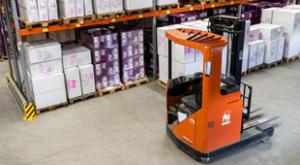
Joshua Zable
Optimizing inventory, like most problem-solving, requires a thoughtful process and a few steps. Naturally, the easiest way to prevent back orders is to always have a lot of inventory on hand. There are ramifications for not optimizing inventory, though. Overproducing and maintaining high inventory…
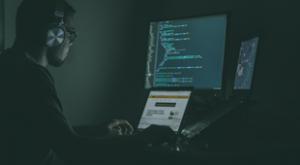
NIST
Here’s a pop quiz for cybersecurity pros: Does your security team consider your organization’s employees to be your allies or your enemies? Do they think employees are the weakest link in the security chain? Let’s put that last one more broadly and bluntly: Does your team assume users are clueless…

Leslie Bloom
Our country has proven to be a place where workers who are skilled with their hands (and have a head for all things mechanical) can flourish, even during difficult times.
The value of resilience has been etched into the soul of our most famous products: • Thomas Edison’s phonograph in 1877 • Henry…
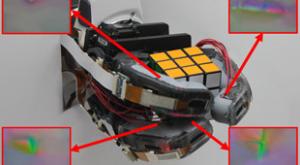
Adam Zewe
Inspired by the human finger, MIT researchers have developed a robotic hand that uses high-resolution touch sensing to accurately identify an object after grasping it just one time.
Many robotic hands pack all their powerful sensors into the fingertips, so an object must be in full contact with…

Mark Hembree
Does this sound familiar? “Welcome to [insert company name here], the [corporate slogan or superlative]. All of our agents are busy serving other customers. Your call is important to us. Please stay on the line for the next available agent. Your call will be answered in the order in which it was…
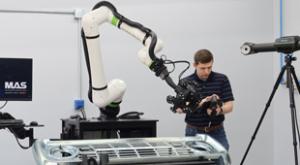
Manufacturing Automation Systems LLC
In today’s global manufacturing markets, the need for accurate measurement has moved well beyond micrometers, gauges, and calipers. That’s why manufacturers are replacing manual metrology tools with fully automated systems. But what is automated metrology?
Automated metrology, sometimes called 3D…

Rip Stauffer
A couple of years ago, my wife decided to surprise me by taking me over to our local Tesla dealership so I could test drive a Tesla. We put a deposit down to hold our place in line, and two months later took delivery of a Model Y Performance. I loved everything about it, took everyone who asked…

Matt Fieldman, Blair Milo
I’m ashamed to say that I’ve only been to Indiana once—for a fun weekend in Indianapolis. I will say that its Children’s Museum is truly world-class, and it was great going duckpin bowling for the first time.
Though I haven’t taken full advantage of Indiana as a tourist destination (yet!), as a…
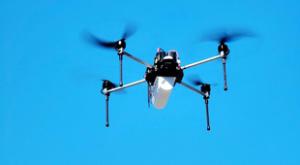
Oak Ridge National Laboratory
The Autonomous Systems group at the U.S. Department of Energy’s Oak Ridge National Laboratory is in high demand as it incorporates remote sensing into projects needing a bird’s-eye perspective. When it comes to collecting data for environmental and national security research, the team sends its…

William A. Levinson
I wrote previously1 that environmental, social, and governance (ESG) metrics are often dysfunctional because they prioritize the wrong things and thus deliver the wrong results.
The recent failure of Silicon Valley Bank (SVB) despite SVB Financial Group’s “medium” (at the time) ESG risk rating…

Scott A. Snyder
Recently, ESG has become a main topic of shareholders, boards, and C-suites. Billions in capital have been deployed through Impact or ESG-rated funds. Ninety percent of S&P 500 companies now have ESG strategies, and ESG mentions grew more than 300 percent in investor briefings. Major indices…

Bob Ferrone
Quality and sustainability are two critical aspects of modern business operations that are closely intertwined. While quality refers to the level of excellence or standard achieved in a product or service, sustainability relates to the ability to maintain or improve that quality over time while…
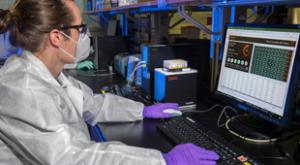
Etienne Nichols
I have a bold opinion: The corrective and preventive action (CAPA) process is the second-most important component of your quality management system (QMS). (If you want to know what I think is No. 1, shoot me an email.) As you build medical devices, a well-defined CAPA program provides a framework…

Gleb Tsipursky
A recent study at the University of Birmingham, which surveyed 597 managers, has shed light on how managers’ attitudes toward the hybrid work model have changed as a result of the pandemic. Surprisingly, the findings reveal an increasingly positive outlook on the benefits of remote and flexible…
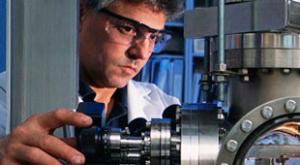
Bryan Christiansen
People often use the terms maintenance and reliability interchangeably. However, they are two separate concepts. Although there is some overlap, their scope and focus are quite different.
Understanding those differences, as well as how each concept affects the other, is a necessary step for…

Megan Wallin-Kerth
“The best is the enemy of good,” wrote French historian and philosopher Voltaire. Today that quote seems more appropriate than ever. A longitudinal meta-analysis study from 1989 to 2016 looking at data from more than 41,000 students across the U.S., U.K., and Canada revealed that perfectionism has…
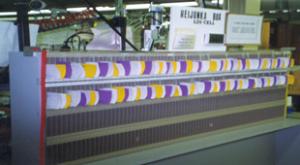
Bruce Hamilton
There’s a certain irony in the recent attention paid to the application of robots on the shop floor. On a couple occasions in the past year, I’ve heard manufacturing colleagues talk about the benefits of deploying robots to handle material conveyance. “Better,” they say, “to redeploy humans to…

Shawn Wasserman
MathWorks, creators of MATLAB and Simulink, and the embedded software safety and security company Green Hills Software have announced new features in Simulink that help engineers produce safety-related applications for Infineon’s AURIX TC4x family of automotive microcontrollers. Specifically,…

Brian Brooks
Producing high-quality products is crucial for any business. But designing quality into the product from the start is the only significant way a business can improve its product margins. When you use detection methods and find a nonconformance, you’ve already invested in that nonconforming product…

Paul Laughlin
Continuing our thinking about ways for data leaders to save money during a recession, this article drills into saving on your data usage. Following my last post reminiscing on the lessons I learned during past recessions, the early environmentalist slogan “reduce, reuse, recycle” has stayed in my…

Donald J. Wheeler
As the foundations of modern science were being laid, the need for a model for the uncertainty in a measurement became apparent. Here we look at the development of the theory of measurement error and discover its consequences.
The problem may be expressed as follows: Repeated measurements of one…

Grant Ramaley
As of 2023, more than 27,000 medical device QMS certificates have been issued worldwide, providing confidence in medical devices. From cardiac stents to simple dental tools used to correct teeth, the healthcare systems of the world have come to rely on ISO 13485 to provide critical support to world…
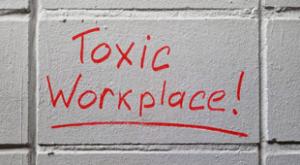
Jennifer V. Miller
Being a leader is tough enough, but it’s downright demoralizing if you feel like you’re swimming upstream against the currents of a toxic workplace. If you want to stand apart and make a positive difference at work, it might seem like you’re living in this weird, misshapen house where some of the…

Jennifer Lauren Lee
There’s a mystery happening in some satellites facing the sun, and scientists from the National Institute of Standards and Technology (NIST) and the Laboratory for Atmospheric and Space Physics (LASP) are on the case. The team has been trying to figure out what is clouding up and compromising the…

Harry Hertz
The factors affecting employee engagement have changed dramatically during the last few years. Considering off-site employees returning to the work site, baby boomers retiring in growing numbers, and the increasingly younger workforce, I was interested in exploring what the key drivers of employee…